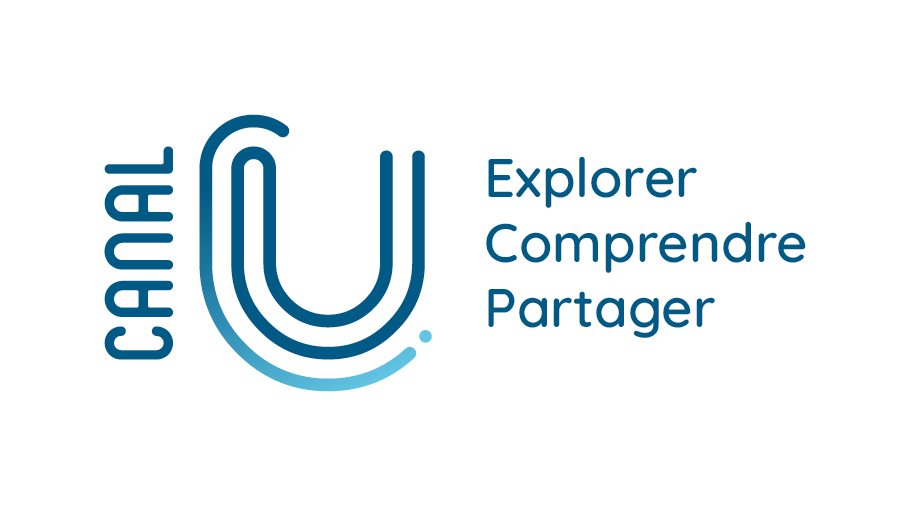
Sommaire
The Hidram4000 project : land use, human occupation and lanscape changes in Spain / A. Curras
Date de création :
09.10.2009Auteur(s) :
Andres CURRAS DOMINGUEZPrésentation
Informations pratiques
Droits réservés à l'éditeur et aux auteurs.
Description de la ressource
Résumé
The Hidram4000 project : land use, human occupation and lanscape changes in Spain during the last 3000 years. The Somolinos lake record (1240 M A.S.L.) : Siera de Pela, Guadalajara Province. Andres CURRAS DOMINGUEZ. In "La construction des territoires montagnards : exploitation des ressources et mobilité des pratiques", 2e International Workshop on archaeology of european mountain landscape, organisé par les laboratoires GEODE, FRAMESPA, GEOLAB et Chrono-Environnement. Université Toulouse 2-Le Mirail, 8-11 octobre 2009. [seconde journée] Since 2005, the HIDRAM4000 project aims to analyze human-environment past synergies in order to understand the effects of climate variability over environmental and socio-economic systems in central Spain during the Late Holocene. In addition, socio-environmental interactions have largely influenced land management choices and cultural landscape shaping especially in those processes related to grazing, farming and water management activities. This project integrates archaeology, history and multi-proxy palaeoenvironmental analyses such as pollen, non-pollen palynomorphs (NPP), charcoal, ostracoda, diatoms, cladocera and sedimentology. These analyses have been carried out at high resolution in lacustrine sediments of the Somolinos karstic lakes (1240 m a.s.l.). They are located in a mountain area in central Spain (Sierra de Pela, Guadalajara province) which is characterised by a sub-continental Mediterranean climate. Two cores were studied, one from the current active lake (SOM-a) covering from 1600 to 2005 AD, and a second one from a drained lake, covering from 900 BC to 700 AD (SOM-PAS). From the 9th to the end of the 1st century BC, SOM-PAS shows a first environmental phase which is characterised by a forested landscape dominated by pines and evergreen oaks. Early signals of human management are witnessed at the 8th century BC, while diatoms indicate a freshwater permanent lake. From the 6th to the 1st century BC, successive oscillations of Arboreal Pollen, together with the increase of macrocharcoal particles and metals, suggest the existence of human activities (grazing and metallurgy). For this period, archaeological evidences are reported in the basin highlands. Woodland clearance in the area started at the 1st century BC. from this time onwards, pollen and NPP show the expansion of farming and grazing practices, while mining activities are also evidenced by geochemical data. Such deforestation process resulted in an open grazed landscape between the 2nd and the 5th century AD. The increase of diatom benthic species suggests a change in the water trophic state. Whilst a change towards a regeneration of evergreen oak forests is evidenced in this open landscape during the5th century AD, pine woodland did not recover in the area, as documented in pre-clearing phases. This period is otherwise coincident with the decline of farming and grazing activities, while mining expanded during the 6th and the 7th centuries. The lake was desiccated by a drain cutting across the travertine dam, most probably during the Early Medieval period. From the 14th century onwards, the region was largely grazed due to the development of the Spanish pastoral transhumance. This activity resulted in a large number of pastoral structures, some of them radiocarbon dated at the end of 15th century. Unfortunately, this period is not covered by the Somolinos lake cores. SOM-a records farming and industrial activies in the region for the last 400 years. During modern times, the lake was employed as an energetic resource. In this respect, cereal and fulling mills are documented at least from the 16th century, and 17 cereal mills and 8 waterfall copper forges were already working in 1752. Despite these pre-industrial facilities, the area was progressively depressed and depopulated during the 19th century due to the end of the transhumance after the Mesta abolition (1836) and the propriety privatisation (1855). From 1600 to 1675 AD, farming activities (cereal and chestnut cultures are also reported in written sources at 1584. The abundance of planktonic diatoms suggests a deep water column. From 1675 to 1730 AD, farming activities decline, while cereals, chestnuts and vineyard crops remain. Geochemistry analysis records metal peaks (Co, Cu, Zn, Mn), suggesting mining and possible metallurgy. During this period, the organic matter content, the dolomite high percentages and the decrease of calcite suggest a drop in the lake water level. From 1730 to 1910 AD, the pollen record shows a new decrease in farming activities, resulting in a reforestation of the area which is consistent with the documented demographic decline. Residual metallurgical activities are otherwise recorded by peaks of Zn at 1780 and Cu at 1900 AD, which agree with 18th century writing sources. The water level slightly increases, as shown by the progressive decline of quartz. Between 1730 and 1810, biotic remains either decrease or are absent, suggesting low lake productivity which is probably linked to a cold period of the LIA. The occurrence of damaged frustules and the abundance of benthic diatoms suggest a turbulent sedimentary environment. In 1910, an electric power station was installed in a former mill. From 1910 to the present, oak forest and riparian trees expand. The presence of vine, cereal and walnut croppings indicate a new farming expansion. The increase of benthic diatoms suggests lake eutrophication while grain size and calcite content indicate a progressive fall in the water level. Geochemistry data record a peak of Pb, Cu, Zn, Cr at 1940, which is previous to the present-day industrial development. of that gradual deforestation is slopes destabilization which makes them more senstive to climate-driven erosive phenomena.
"Domaine(s)" et indice(s) Dewey
- Archéologie et préhistoire (930.1)
Domaine(s)
- Histoire, Histoire de l'art, Archéologie
Intervenants, édition et diffusion
Intervenants
Édition
- Université Toulouse II-Le Mirail SCPAM
Diffusion
Document(s) annexe(s)
- Cette ressource fait partie de
Fiche technique
- LOMv1.0
- LOMFRv1.0
- Voir la fiche XML




